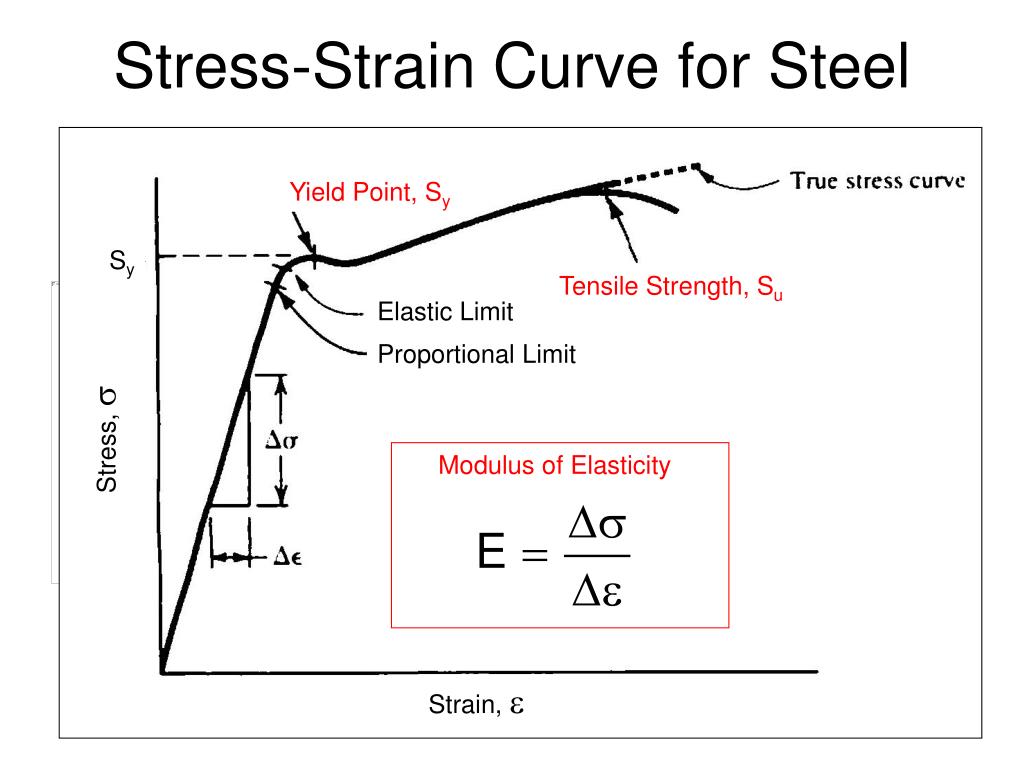

above 6000mm,suitable for 40″ containerħ.Ultrasonic Standard: Sep1921/ASTM A388/EN 10228-3ĩ.Non Metallic Inclusion: 2 max acc to ASTM E45 /K4≤20 acc to DIN 50602ġ1.Marking: Grade/Weight/Length/Size/Heat Number A ISI1018 Carbon Steel Quality CertificationĪ material test report(Inspection Certificate EN 10204 3.1) will be provided, documenting the following:ĪISI1018 Carbon Steel manufacturers and suppliers,delivered in round rods,square/flat bars,rollers,shafts,blocks and forging pieces.ĪISI 1018 Carbon Steel – The Complete FAQ Guide SAE1018/AISI1018 steel is widely used for screw machine parts, shafts, pins, spindles and rods.Ī ISI1018 Carbon Steel Chemical Composition per ASTM A29 GRADEĪ ISI1018 Carbon Steel Size&Tolerance&Process Shapeġ.Nominal normalizing temperature:880-910☌ġ.Nominal Annealing temperature:650-700☌ģ.Maximum Brinell hardness of 180 A ISI1018 Carbon Steel Mechanical Propertyģ.Percentage reduction of area after fracture: 55%Ĥ.Elongation after fracture: 25% A ISI1018 Carbon Steel Delivery Conditionġ.Shape:Round/Square / Flat/Shafts/Rollers/BlocksĢ.Surface condition:Black surface/Bright surfaceĤ.Straightness:Max 3mm/m(Enhanced straightness may be available on request)ĥ.Length:3000-5800mm suitable for 20″container. The microstructure obtained show martensite for all samples quenched in the vegetable oils in this study.AISI1018 Carbon Steel is a low carbon steel which is characterized by good weldability, good machinability, high strength and impact properties in either the normalized or hot forged condition.

Carbon steel quenched in melon oil has the highest hardness value of 49.23 HC while carbon steel quenched in false walnut oil shows lowest hardness value of 46.01 HC. This implies that melon oil has the least desirable characteristic property for quenching medium carbon steel among the other oil. From the value obtained, samples quenched in melon oil shows highest value of distortion of 19 % while steels quenched in false walnut oil and palm oil have the least percentage distortion value of 14 % each. Average distortions at the three not ches were calculated. The gap openings of modified C-ring test sample were measured before and after quenching. distortion) of the modified C-ring test sample. Distortion were determined by measuring the percentage gap opening (i.e. These results were compared to samples quenched in SAE 40 oil and water. Modified C-ring samples were austenitised at 850 oC and quenched in four different vegetable oils. The current study is built on these past works on evaluating the effect of steel quenching on distortion with the use of vegetable oils as quenching medium. Previous studies have analysed and found some vegetable oils as suitable potential alternative to petroleum based oils for quenching. In view of the current awareness and demand for more environmentally friendly quenchants, there is a renewed interest in vegetable oils as alternative to petroleum-based oils. Petroleum based oils are non-renewable and contribute to air and water pollution. One of the major concern regarding water, brine and petroleum based oil commonly used is their tendency to distortion. Therefore it is desirable to select quenching media that maximize the desired properties while at the same time minimize distortions. This chapter describes the effects of alloying elements on the properties and characteristics of steels, reviews the various systems used to classify steels, and provides extensive tabular data relating to the designation of steelsĪBSTRACT Quenching is necessary to increase the mechanical properties of steel however, it is often accompanied by thermal stresses which may lead to distortion and possibly cracking. Steels are the most complex and widely used engineering materials because of (1) The abundance of iron in the Earth’s crust, (2) The high melting temperature of iron (1534 oC), (3) A range of mechanical properties, such as moderate (200–300 MPa) yield strength with excellent ductility to in excess of 1400 MPa yield stress with fracture toughness up to 100 MPam _2, and (4) Associated microstructures produced by solid-state phase transformations by varying the cooling rate from the austenitic condition. When alloying elements are added to obtain the desired properties, the carbon content used to distinguish steels from cast iron would vary from 2.11 wt.%. According to the iron–carbon phase diagram, all binary Fe–C alloys containing less than about 2.11 wt.% carbon* are classified as steels, and all those containing higher carbon content are termed cast iron.


 0 kommentar(er)
0 kommentar(er)
